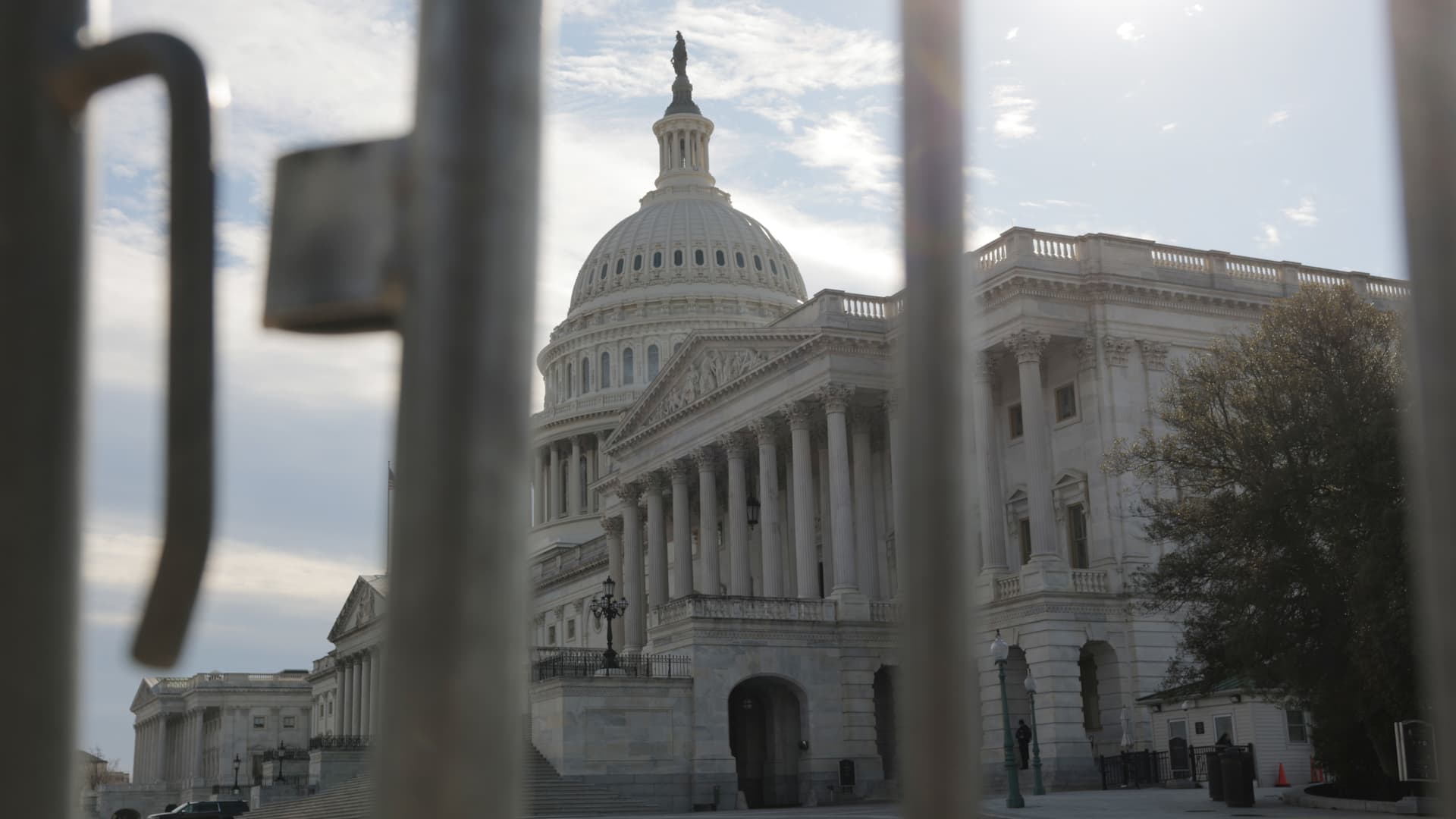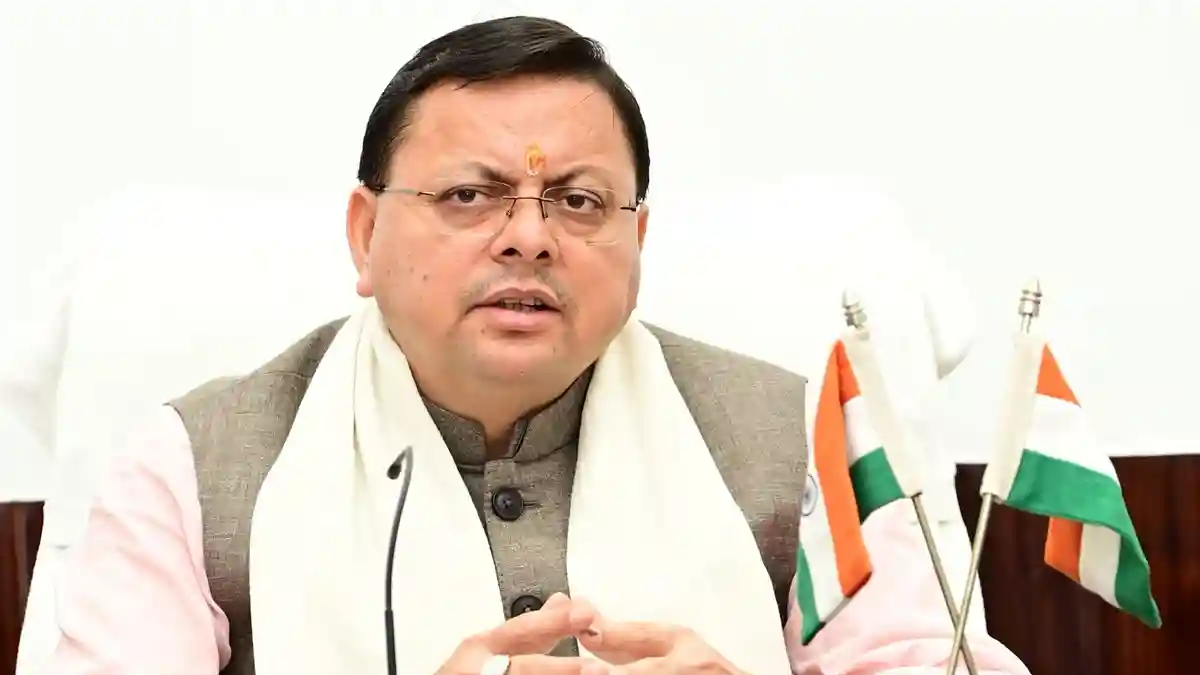
The stock market has historically brushed off government shutdowns, but an especially acerbic congressional dispute over the latest funding bill could test that track record. On Friday, the U.S. Senate voted to block proposals from both Republicans and Democrats to keep the federal government funded on a short-term basis, without which Congress has no clear path forward to avoid a shutdown when the fiscal year ends after Sept. 30. Historically speaking, the stock market has shrugged off funding disputes. In fact, Raymond James found that stocks have risen in five previous government shutdowns, with the S & P 500, MidCap 400 and Small Cap 600 both gaining roughly 3% over those time periods. “Overall equity index performance has been positive in most funding gaps suggesting little evidence that a funding gap is a rational risk to equity performance (at least historically!),” Ed Mills, Washington policy analyst at Raymond James, wrote last Wednesday. Energy and real estate stocks tended to be the top performers during those prior episodes, with tech and utilities traditionally the weakest performing sectors, Raymond James found. To be sure, the average gain in those five prior shutdowns is heavily skewed by the late 2018 and early 2019 period, during which the S & P 500 rallied more than 10%. The government shutdown then coincided with a dovish pivot from the Federal Reserve that bolstered equities. The present funding dispute is raising more concern in some quarters. Karthik Nagalingam, U.S. credit strategist at Deutsche Bank Research, wrote last week that the current economic backdrop to a shutdown is the weakest going back to 1990, meaning a paralyzed government would only add further pressure. “A sustained government shutdown could further dampen consumer sentiment, slow growth and impact how rating agencies view U.S. fiscal concerns going forward,” Nagalingam wrote. “Unlike in President Trump’s first term, the economic backdrop is much weaker entering this potential shutdown fight with a labor market that has been weakening over the last 6 months at the fastest rate since 2007, outside of the pandemic.” “Therefore, a negative shock could prove more detrimental,” he wrote. Rising tensions between the two parties also suggests greater uncertainty for the stock market, as Democrats are unlikely to back down from their demands around health care funding. Mills at Raymond James said the likelihood is both parties will dig in their heels to their respective demands to avoid setting a precedent for future fights. “The odds of a shutdown are rising, given both sides are entrenched and a general lack of compromise on the issues,” Mills wrote. “As a result, we expect increased market volatility, reflecting the rising headline risk as negotiations intensify, but … our base case remains a short [ Continuing Resolution] followed by a major battle in November.” “For now, the key area to watch is whether House Republicans can move a bill without needing Democratic votes — a scenario that would determine the ultimate path for resolution,” Mills added.



